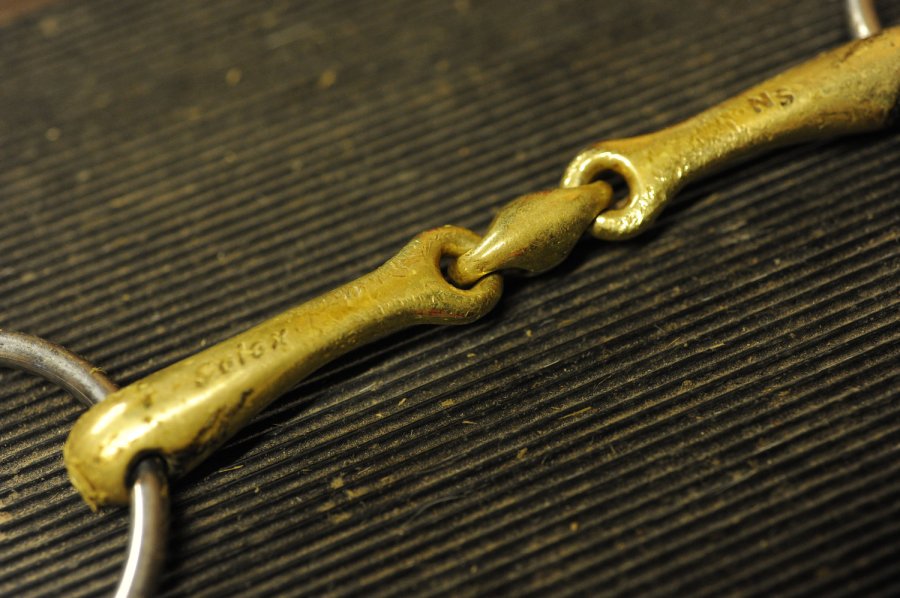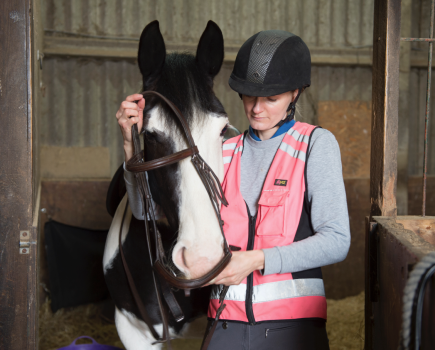Heather Hyde is the founder of Neue Schule Bits and has been involved in assessing the needs of horses and their riders for many years.
Here she helps us weigh up the pros and cons of different bit materials.
“Many riders have experienced their horses acting differently to different metals,” says Heather.
“There is no ‘best’ material for your horse, as responses will always vary, and there are pros and cons with each one.”
“Most riders will want to achieve good clear communication through the rein and comfort for their horse, but finding a refined communication, softer rein aids and a listening responsive horse can be tricky.”
1 Simple rubber and plastic
Rubber and plastic mouthpieces are often good for a sensitive mouth. However, as they don’t slide over the skin as readily as metal, rubbing is a common problem.
Also, if your horse chews on the mouthpiece it will become rough, sharp and injure his mouth. From a safety perspective, please ensure your bit has a metal core as these are harder for a horse to break through.
2 Classic stainless steel
Stainless steel is a very popular and hard-wearing metal, however, it does, by comparison, take longer to heat up in the mouth. Warm it up in your hand on a cold day.
Owing to its hardness, it is more likely to cause damage, and wear and tear to the horse’s teeth than a slightly softer metal.
3 Sweet metal
Horses accept these more readily by (mouthing) on them and they encourage the horse to produce more saliva. In fact, horses produce between 35 and 40 litres of saliva every 24 hours.
We only need enough saliva to act as a lubricant and if the horse is over salivating, not only does this excessive dribble irritate a horse, but it also prevents him breathing and swallowing at the same time.
This may well affect performance. As for the mouthing, do you really want to encourage a busy mouth?
Remember: research is important
We, as riders, have the means to evaluate the benefits of these claims and to delve into the scientific research that backs it up. But bear in mind at the end of the day we are all working toward softer aids and a more responsive horse. This will never be achieved if your horse is uncomfortable.
Don’t miss the latest issue of Your Horse Magazine, jam-packed with training and veterinary advice, horse-care tips and the latest equestrian products available on shop shelves, on sale now.









